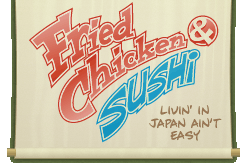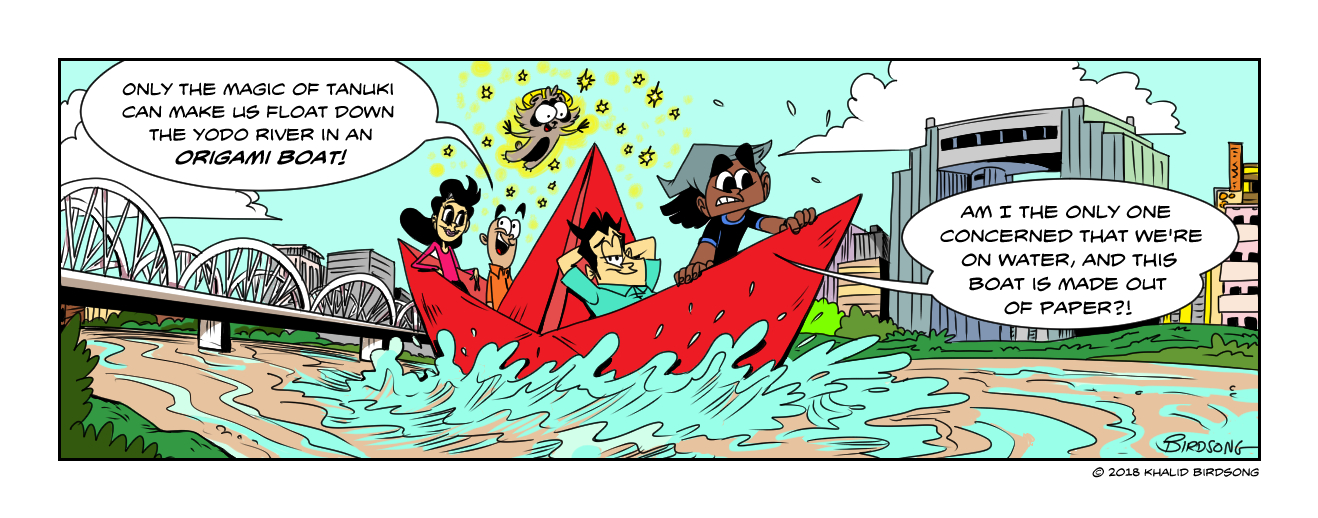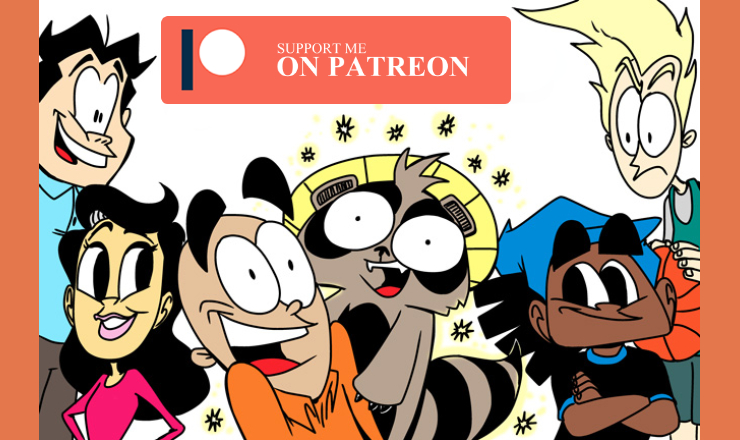Life in the ‘land of the rising sun’ does have its perks, though. You can have a level of peace and solitude that I find difficult to come by in the United States. Crime is low and everyone is accustomed to living politely (and quietly) with their neighbors.
That tranquility among the noise is a massive part of what I miss about being in Japan.
I felt like a human being instead of a threat.
Living in Japan for two years as an African-American male was a challenge, but also liberating.
I was an English teacher with the JET Programme and truly loved the cultural exchange with the students and teachers in the Junior High Schools where I worked.
For me, in particular, I was not just a “black man” there, with all the fear and stereotypes that come along with it. I found I was lumped into one general category—foreigner.
Students saw me as a person from another country, fascinated with my hair and curious about what America was really like.
As I walked the streets of Osaka, I felt like a person and not someone the public would see as a threat. It was miraculous!
Sometimes people stared because I looked different.
Only because I wasn’t Japanese and not because I was black. Being six feet three, I found people were also mesmerized by my height.
It was astounding, no women clutched their purses as they passed or crossed the street when they saw me walking towards them on the sidewalk.
The biggest load-off my mind? Not worrying about getting shot by the police. I’m dead serious. That was a game-changer.
You should always be aware of your surroundings anywhere you go. Still, I’ll admit, I became pretty relaxed within the safety of the cities in Japan. Watching my back became a distant memory.
I felt like a person.
I love my country but after years of feeling like the “negative other” in America, I can forget I have value. Believe it or not, when I’m in the U.S., there are plenty of instances when I feel like saying the phrase popularized by Jesse Jackson, “I am somebody” to myself. Just to remember, I matter.
I have to consciously think about this when moving through life in the U.S. Tell myself I have value. Most of the negative stereotypes for black people perpetuated in the media and entertainment, tell a different story.
When I daydream about moving to a quiet rural area, where I can have solitude, reality always seeps in. It’s not the answer for all people. Jobs may be scarce, and if you’re not independently wealthy, you’ll need to pursue a career in a major city to make money to live the life you want.
Even as a black male, I’m afraid people living outside of big cities may have fewer interactions with people of color and be more closed-minded.
Living in Japan, experiencing each day as a different kind of “other”— compared to in America— was a special time in my life. I will say though, I do know through that experience, what it feels like to be seen as scary, only because I look different.
























